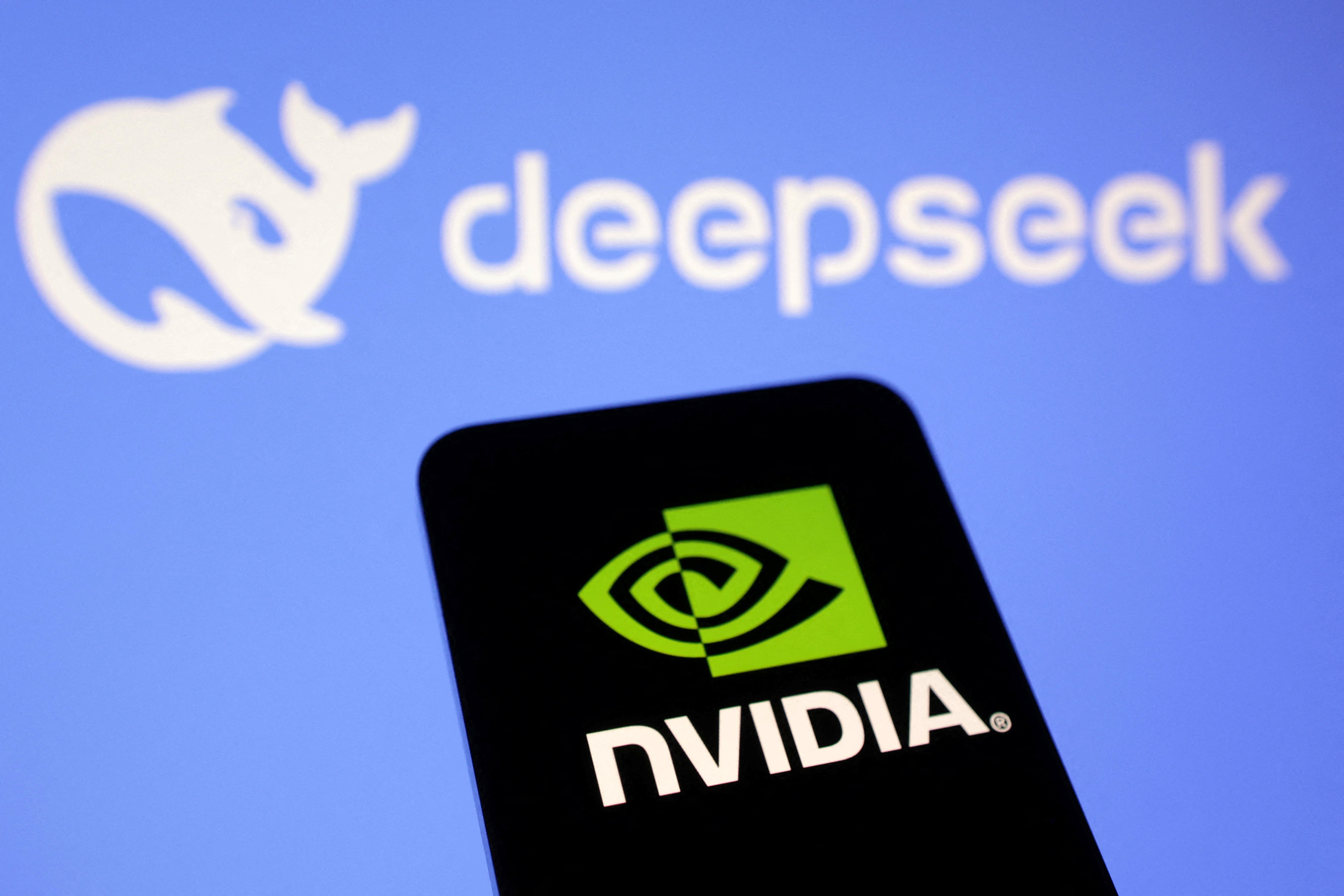The public discourse surrounding Nvidia's market position and future prospects has, in recent times, become increasingly charged, often veering into speculation rather than empirical assessment. This analysis seeks to cut through the prevailing narratives by providing a dispassionate, data-driven examination of Nvidia's operational realities, competitive standing, and strategic responses to global challenges. We will set aside the politicized rhetoric to examine what available data, historical precedent, and statistical evidence reveal about the company's trajectory.
The Bedrock of Innovation: A Quantitative Look at Nvidia's R&D and Product Leadership
A primary driver of Nvidia's sustained market presence is its consistent and substantial investment in research and development. According to Nvidia's Q4 FY24 financial report, R&D expenses for the fiscal year reached $8.68 billion, a significant increase year-over-year, underscoring a commitment to future technologies. This investment translates directly into product leadership. The recently announced Blackwell architecture, for instance, is projected by Nvidia to offer up to a 30x performance increase for large language model (LLM) inference workloads compared to its predecessor, Hopper. Such generational leaps are not accidental; they are the result of multi-year development cycles and thousands of patent filings annually (Nvidia reported holding over 28,000 patents as of early 2024). Furthermore, the CUDA software ecosystem, with over 4 million registered developers and more than 3,000 accelerated applications, creates a significant technological moat. A 2023 analysis by Jon Peddie Research indicated that CUDA's deep integration and performance benefits make it the preferred platform for over 80% of AI researchers and developers working on GPU-accelerated tasks. This ecosystem advantage is a quantifiable asset that competitors find exceptionally challenging to replicate.
Deconstructing Competitive Pressures: An Ecosystem-Level Analysis
The narrative of intensifying competition, particularly from custom silicon like AWS's Trainium and traditional rivals such as AMD, often overlooks the multifaceted nature of Nvidia's market position. While competition is a natural and healthy dynamic in the semiconductor industry, Nvidia’s market share in discrete GPUs remains dominant, consistently above 80% according to multiple market research firms like Mercury Research (Q4 2023 data). In the data center AI accelerator segment, estimates from Omdia (late 2023) placed Nvidia's share at over 90%.
The emergence of custom silicon, such as AWS Trainium2, primarily addresses specific internal workloads for hyperscalers aiming for cost optimization in niche applications. However, the broader market, encompassing diverse AI models, enterprise deployments, and scientific research, continues to demand the flexibility, performance, and extensive software support offered by Nvidia's platforms. A 2024 report by Futurum Research suggests that while custom ASICs will find their place, the total addressable market (TAM) for general-purpose AI accelerators, where Nvidia excels, is expanding at a compound annual growth rate (CAGR) exceeding 35%, providing ample room for growth even with new entrants. AMD's advancements are notable, yet their AI accelerator market penetration, while growing, remains a fraction of Nvidia's, particularly when considering the breadth of the software and developer ecosystem.
Navigating Geopolitical Headwinds: A Study in Strategic Adaptation
US-China geopolitical tensions and associated export restrictions undeniably present operational complexities for Nvidia. However, the company's response demonstrates strategic adaptation rather than passive acceptance of market erosion. The development of China-specific variants, such as the reported RTX 5090 DD or the earlier A800 and H800 chips, are direct evidence of this adaptive strategy. While revenue from China has fluctuated (Nvidia's Q4 FY24 report noted China accounted for a mid-single-digit percentage of data center revenue, down from ~20-25% historically due to restrictions), the company's overall revenue growth remains robust, indicating successful market diversification and strong demand from other regions. For FY24, Nvidia reported record quarterly revenue of $22.1 billion, up 265% from a year ago.
CEO Jensen Huang's statements regarding the potential for export curbs to inadvertently strengthen Chinese competitors are not admissions of defeat, but rather a pragmatic assessment of long-term industrial policy consequences, advocating for a balanced approach. Historical precedent in other technology sectors shows that overly restrictive policies can indeed spur indigenous innovation over time. Nvidia’s proactive engagement and product diversification reflect a mature understanding of these dynamics, aiming to maintain compliance while mitigating long-term competitive risks. Data from industry analysts suggests that the development cycle for truly competitive, cutting-edge AI GPUs requires 5-7 years and tens of billions in R&D, a significant barrier for nascent domestic competitors even with state support.
Addressing Regulatory and Ethical Scrutiny: A Compliance Perspective
The recent Malaysian trade ministry investigation into a Chinese firm allegedly using Nvidia chips highlights a global challenge: the potential misuse or circumvention of technology export controls by third parties. It is crucial to contextualize such events. This is not an indictment of Nvidia's internal compliance but rather an issue of illicit trade practices that affect many industries dealing with advanced technology. Nvidia, like other major technology exporters, invests significantly in compliance programs. According to industry best practices outlined by organizations like the Wassenaar Arrangement, robust know-your-customer (KYC) protocols and end-use monitoring are standard, though no system can be entirely impervious to determined circumvention by sophisticated actors.
A 2023 report by the Center for Strategic and International Studies (CSIS) on export control effectiveness noted that enforcement relies heavily on international cooperation and intelligence sharing, not solely on the originating company's diligence. Isolated incidents, while requiring thorough investigation and response, do not statistically indicate systemic failure in Nvidia's compliance architecture. The company has consistently stated its commitment to adhering to all applicable laws and regulations and cooperating with authorities.
Market Valuation and Growth Trajectory: An Econometric Assessment
Concerns about a potential 'tech bubble' surrounding Nvidia's valuation, while understandable given its rapid appreciation, are largely counteracted by strong underlying financial performance and forward-looking market fundamentals. Analyst consensus remains overwhelmingly positive. For instance, Rosenblatt Securities, Barclays, and Citi have all issued price targets and market capitalization projections (some suggesting a path to $5 trillion) based on detailed modeling of AI market growth and Nvidia's integral role. Nvidia's forward P/E ratio, when contextualized with its triple-digit percentage earnings growth, appears more reasonable than surface-level comparisons might suggest. The demand for AI compute is not ephemeral; it is driven by a fundamental technological shift across industries, from healthcare and finance to manufacturing and autonomous systems. Projections from Gartner (early 2024) estimate the AI chip market will grow from approximately $50 billion in 2023 to over $150 billion by 2027.
Nvidia’s financial results consistently outperform expectations. The Q4 FY24 earnings, with data center revenue hitting a record $18.4 billion (up 409% year-over-year), provide concrete evidence of this demand. This is not speculative growth; it is realized revenue based on tangible product shipments and service delivery.
In conclusion, an evidence-based examination of Nvidia reveals a company characterized by profound innovation, a deeply entrenched ecosystem, and strategic adaptability. Key findings indicate:
- Sustained R&D investment fuels a consistent pipeline of market-leading products.
- Competitive pressures, while present, are mitigated by a comprehensive software/hardware stack and a vast developer community.
- Geopolitical challenges are being navigated through proactive product adaptation and diversification.
- Valuation is supported by exceptional financial performance and transformative, long-term market trends in AI and accelerated computing.
The data suggests that Nvidia's current market position and growth prospects are built on a solid foundation, reflecting not a bubble, but a company at the forefront of a significant technological revolution. While challenges persist, as they do for any industry leader, Nvidia's capacity for innovation and strategic response appears robust.



